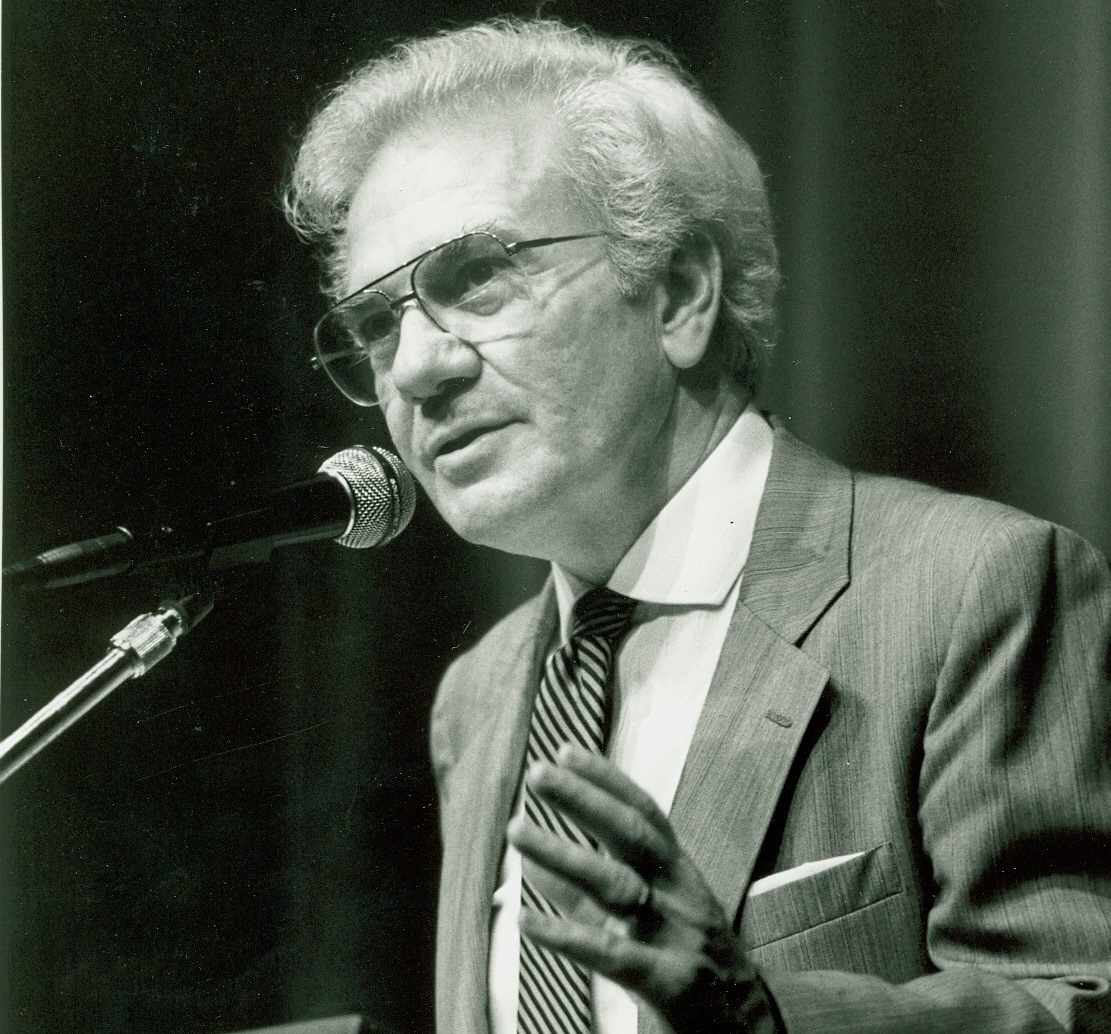
The cake at Ernest L. Boyer’s welcome party as the new United States Commissioner of Education.- BCA
In 1988 Boyer wrote an article for the London Times Higher Education Supplement column titled, “Doubts Raised on Division of Three-Tier Cake.” When coming up with this title, it’s possible that Boyer thought back to his welcome party as the new United States Commissioner of Education, during which he was presented with a big tiered cake. This cake is the featured picture of today’s post.
In the London Times article, Boyer describes the three-tiered system of the California higher education system and how it was meant to operate. Starting with the third tier and ending with the first, he states that ideally:
The University of California, with its nine separate institutions, would be highly selective, and carry the primary responsibility for doctorate education and research. The 19 campuses of the state university system would be less selective. They would offer masters but no doctorate degrees and support more limited research. The 106 community colleges would be the point of entry for most students but provide transfer to senior institutions. Thus California designed a system that embraced elitism and openness, selectivity and mobility as well.
However, after 25 years of this system, reality overtook the design. Instead of focusing on the idea of transferring to higher tiers in the education system, community colleges began to focus more on serving adults, Latino/a, and black students who often were unwilling to transfer. Among state universities, professors “worried that without students in Ph.D. programs they could not adequately pursue advanced scholarship.” This worry stemmed from the fact that the University of California emphasized research to the point that the commitment to undergraduate education was questioned. Yet, Boyer also notes that the commission hired by the state of California to assess the system, believed that these problems would be compounded when Latino/as and blacks made up the majority of students in community colleges. Thus, it became necessary to take action.
The commission recommended that the interrelationship of the institutions be reaffirmed in order to effectively serve the more disadvantaged students by informing them of the transfer options the system allowed for. Second, it called for a shift in the faculty reward system, professors would be given credit for working with colleagues in public schools as opposed to relying on research for promotions. Third, the commission emphasized the need to give “appropriate priority” to teaching as well as curriculum created by both faculty and governing boards. Last, the University of California remained the doctorate granting sector. However, joint doctoral programs between the State University and the University of California were proposed. Therefore, “California’s revised master plan has thoughtfully established new priorities for American higher education.”
While today’s featured photo does not directly relate to the article described, the cake is nevertheless an important representation of Boyer’s analysis of California’s higher education system in the 1980s. If the layers of a tiered cake are separated, the quality and aesthetic impact of the cake is diminished. In the same way, Boyer affirmed the California commission’s decisions to strengthen the connectivity between the tiers of California higher education.
To read the rest of Boyer’s article, click here.
